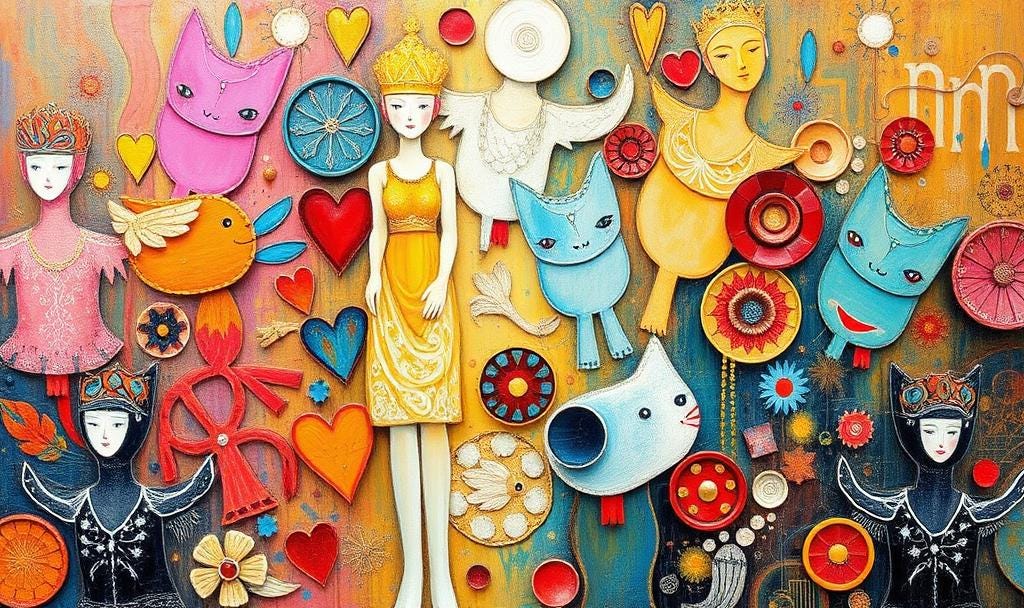How Your Brain's Chaos Creates Meaning
Psych 🧠 - 442/500
Hello reader,
Today’s a paper about coordination dynamics i.e. a framework in psychology and neuroscience that explains how complex behaviors, thoughts, and social interactions emerge from the interaction of simpler parts.
What is it?
The study is about how different parts of a system (like neurons, limbs, or even people) work together over time.
Instead of focusing on single parts of the brain or body, it looks at patterns of interaction, how things synchronize, compete, or complement one another.
Key Findings:
Patterns > Parts – To understand the mind and behavior, we must study interactions, not just isolated elements.
Complementarity – Opposing forces (order/disorder, cooperation/competition) work together to shape behavior.
Self-Organization – Complex patterns can emerge naturally from simple interactions.
Universal Principle – Coordination dynamics applies across brain science, motor control, social psychology, and even cultural systems.
Practical Implications – Insights help explain how people learn skills, coordinate socially, and why disruptions may lead to disorders.
You NEED to check out this psychology handbook!👇
This Handbook explains 150+ biases & fallacies in simple language with emojis.
Or the Amazon Kindle copy from here.
What do I need to know:
Human behavior, thought, and society are not static but dynamic patterns—constantly shifting, self-organizing, and adapting.
Understanding coordination dynamics helps us see the mind not as isolated processes but as a living, evolving system of interactions.
Source:
https://www.researchgate.net/publication/228647983_The_complementary_nature_of_coordination_dynamics_Self-organization_and_agency

